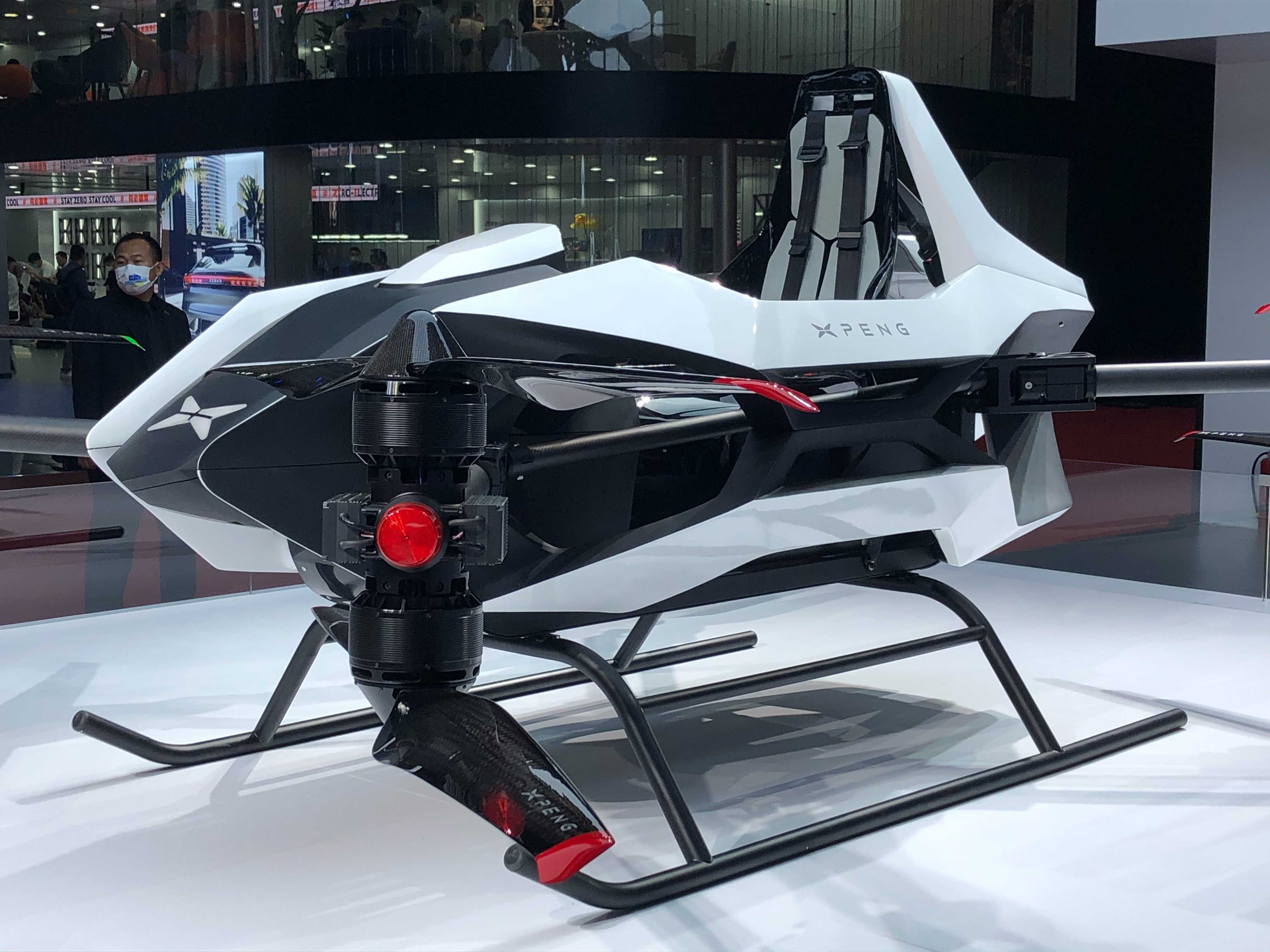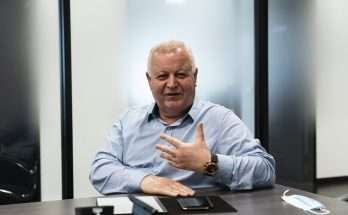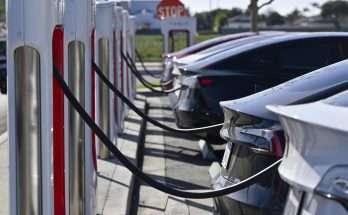
Less than half a year since revealing a flying vehicle prototype, Chinese electric car start-up Xpeng unveiled a second model at the Shanghai auto show in April 2021.
Evelyn Cheng | CNBC
GUANGZHOU, China — HT Aero, the flying car company backed by Chinese electric carmaker Xpeng Inc. and its founder, raised more than $500 million from outside investors.
The money will be put toward research and development and rolling out a new model that has the ability to operate in the air and on roads.
Zhao Deli, founder and president of HT Aero, said in a press release that the company’s next-generation model will be a “fully integrated flying vehicle and automobile, designed for both low-altitude air travel and road driving.”
The company is planning for an official roll-out of the new vehicle in 2024, Zhao said. However, he did not give a timeline for when the new vehicle will be launched.
HT Aero is an affiliate company of Xpeng, one of China’s electric vehicle start-ups. Xpeng’s founder He Xiaopeng as well as the electric car company itself are investors in HT Aero.
The new funding round was led by high-profile venture capital firms IDG Capital and 5Y capital as well as Xpeng. Other investors include Sequoia China, Eastern Bell Capital, GGV Capital, GL Ventures and Yunfeng Capital.
Flying cars — also called electric vertical take-off and landing vehicles — have garnered a lot of interest from automakers and start-ups. Companies including South Korea’s Hyundai, German start-up Lilium, and China-based Ehang are developing flying passenger vehicles.
In July, HT Aero launched the X2, its second flying car prototype and first that’s able to carry a passenger.
Xpeng’s founder He told CNBC in an interview last month that flying vehicles will be a part of the company’s future.
Still, such vehicles face a number of hurdles to get off the ground including regulatory approval to operate.


